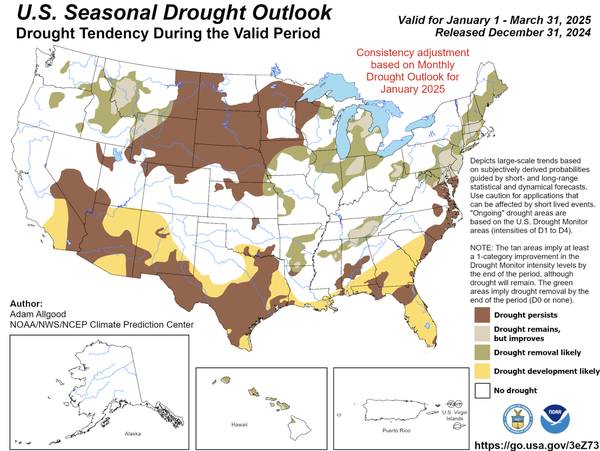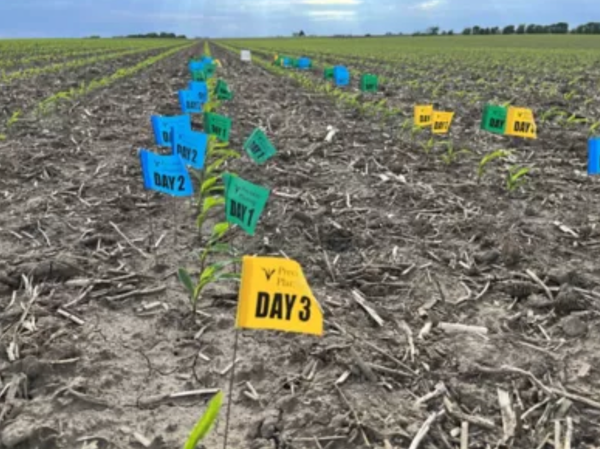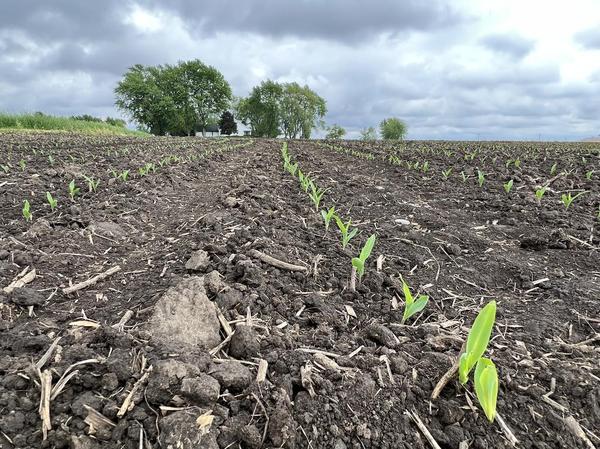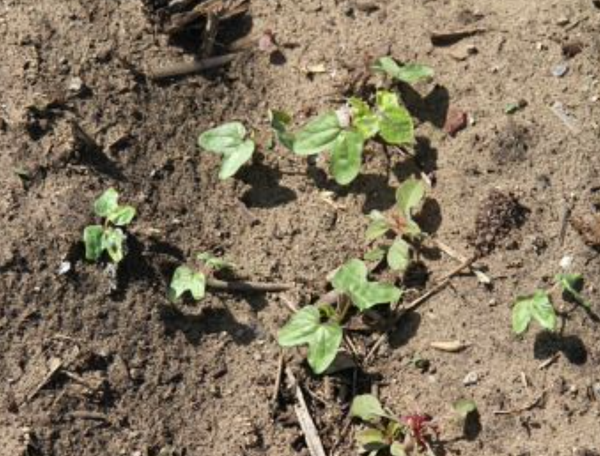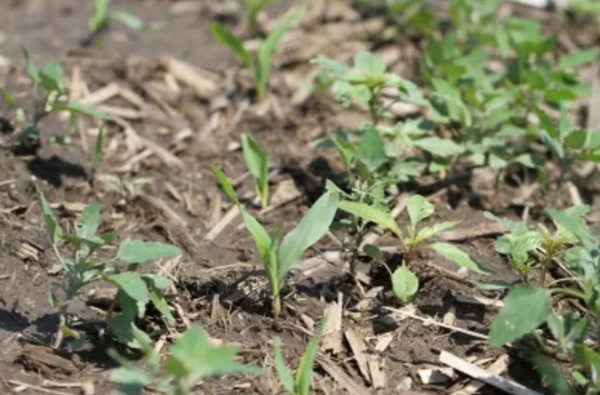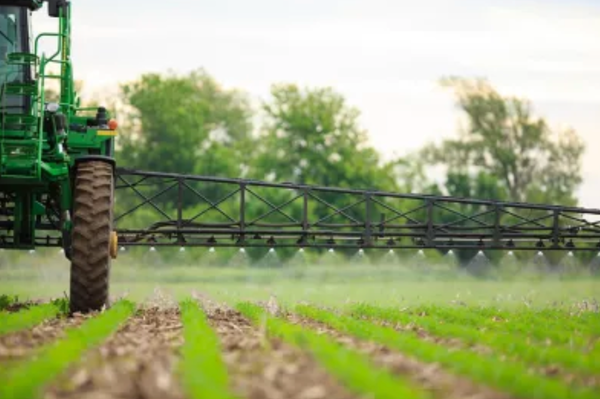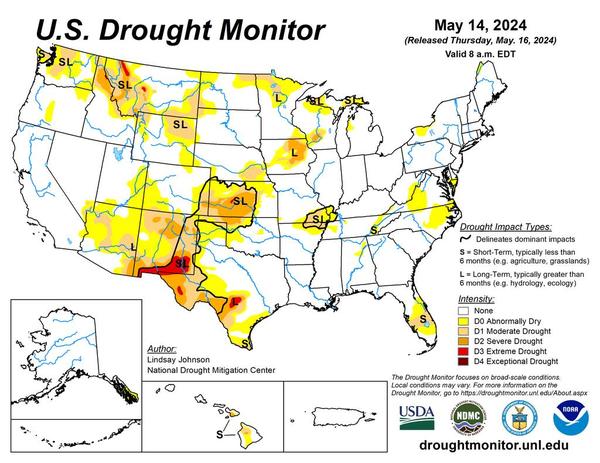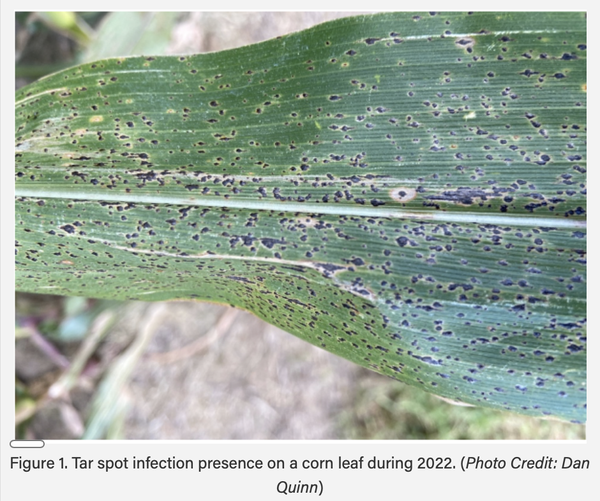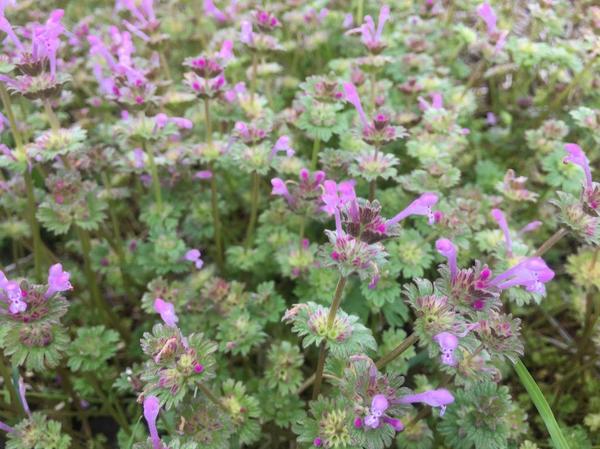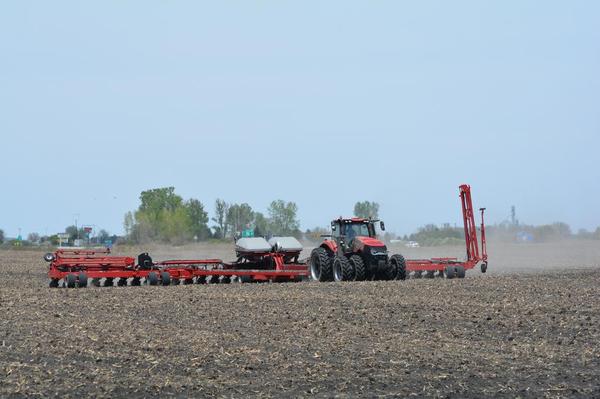
Optimize Corn Emergence
Modern planters and monitors, advanced hybrid genetics and seed treatments help achieve better corn emergence. However, mother nature and farmer impatience can be the most significant risk factors to corn emergence.
“Each spring, I get farmer calls about delayed or uneven emergence, missing plants or comments like the corn looks terrible,” says Dan Quinn, corn production agronomist at Purdue University. “Upon examination, the number one reason is planting too wet, and number two is planting too...
“Each spring, I get farmer calls about delayed or uneven emergence, missing plants or comments like the corn looks terrible,” says Dan Quinn, corn production agronomist at Purdue University. “Upon examination, the number one reason is planting too wet, and number two is planting too...
